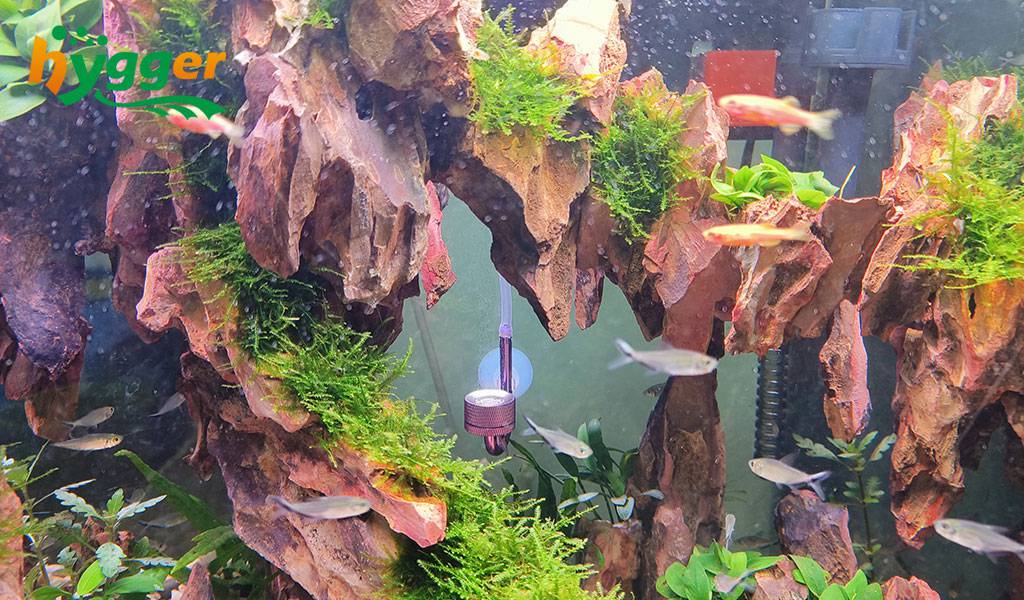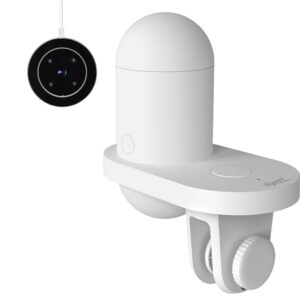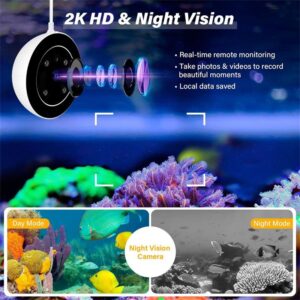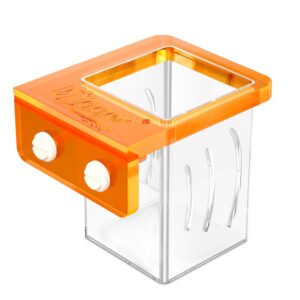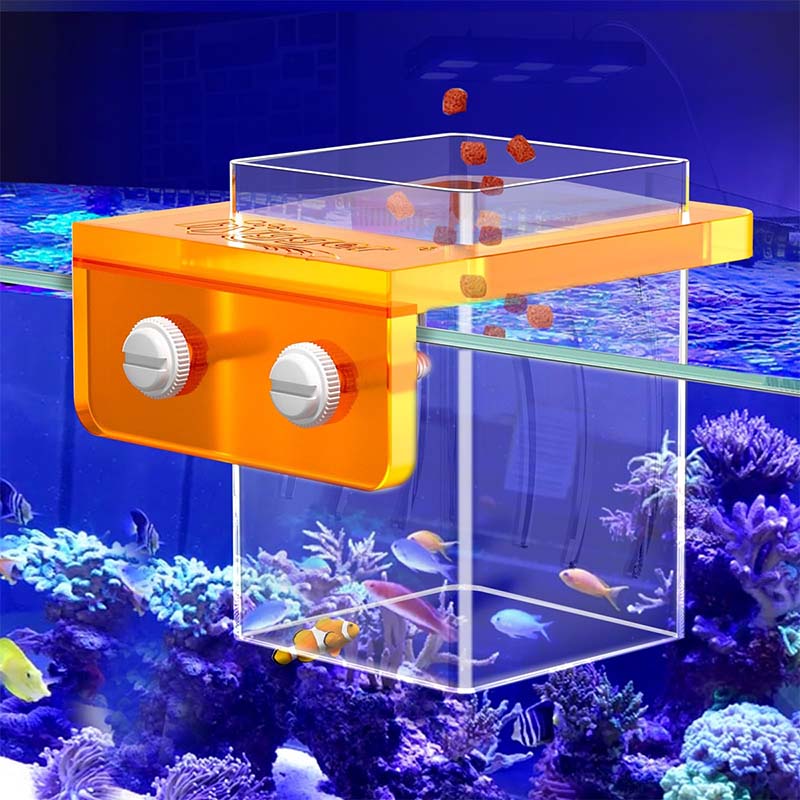Establishment and Requirements of Beneficial Bacteria for Aquarium
Bacteria are not always damaging to aquariums. For instance, beneficial bacteria in the aquarium helps keep stable ammonia levels. So, in today’s article, we will walk you through the establishment and requirements of beneficial bacteria for aquariums. Rant over, let’s get started.
7 beneficial bacteria for aquarium
What are beneficial bacteria in aquariums? In simple terms, beneficial bacteria are bacteria that are not harmful to aquariums. They may make sense in water quality improvement, biological filtration, and fish health. For example, photosynthetic bacteria, one of the beneficial bacteria, photosynthesize under low oxygen and low light conditions. Also, under low oxygen and low light conditions, the bacteria help to degrade uneaten food, fish feces, and some organic substances in aquariums, plus absorb the ammonia and nitrite in the water.
Next, we will cover 7 beneficial bacteria for aquariums. After reading, you will know more about the aquarium’s beneficial bacteria.
1. Bacillus
Bacillus belongs to gram-negative bacteria, and it is aerobic bacteria. These bacteria are resistant to low temperatures (lower to minus 60℃), high temperatures (higher to 280℃), strong acids, strong bases, hyperoxia, and hypoxia. Also, it is anti-microbial.
In aquariums, bacillus makes sense in degrading the organic matter in the water, such as fish feces, uneaten fish food, debris, etc. Furthermore, bacillus subtilis, which could limit the growth of microorganisms or even kill them, would appear during the metabolic process of bacillus. In addition, you can add Bacillus subtilis to establish a bacteria colony when you set up a new tank.
2. Saccharomycetes
Belong to facultatively anaerobic bacteria, saccharomycetes is a single fungus, which can survive in anaerobic and aerobic environments. Besides, saccharomycetes can convert the sugar and organic matter dissolved in the water into carbon dioxide and water. In aquariums with cloudy water, adding saccharomycetes can be an excellent alternative. Because it can purify the water quickly.
By the way, there are also tips for you. Saccharomycetes can not take the place of nitrobacteria. Nitrobacteria mainly decompose toxic substances in the water, like ammonia. Nevertheless, saccharomycetes can not. Furthermore, facing cloudy water in aquariums, you can add saccharomycetes together with photosynthetic bacteria.
3.Lactic acid bacteria
Lactic acid bacteria are prokaryotes, and they are one kind of spore-free and gram-positive bacteria. Also, the bacteria help fish form a protective layer of the intestine, which plays roles in preventing the invasion of pathogens and viruses, stimulating the intestine to secrete antibodies, improving the immunity of the intestine, promoting gastric secretion, and enhancing digestive function. Plus, Lactic acid bacteria can decompose organic matter.
4. Actinomycetes
Actinomycetes are prokaryotes, featuring shapes of hyphae and spore propagation. The beneficial bacteria can decompose organic matter, improve soil, as well as increase fertilizer utilization. Accordingly, it promotes plant growth. Aside from that, Actinomycetes can directly promote plant growth and develop roots by producing plant hormones through nitrogen fixation.
5. Bdellovibrio
Bdellovibrio parasitizes other bacteria, especially gram-negative bacteria, such as Edwardsiella, Aeromonas, and Pseudomonas. It is small but can kill photosynthetic bacteria. However, the bacteria mainly kill harmful bacteria to decrease the infection of fish disease and strengthen the immune system.
6. Nitrobacteria
Nitrobacteria are aerobic bacteria, which require sufficient oxygen but dislike intensive light. They can decompose the harmful substances in aquariums, such as ammonia and nitrite. Besides, there are two types of nitrobacteria – Nitrosomonas and nitrite bacteria. In addition, nitrobacteria grow slowly and take time to develop a bacteria colony.
7. Denitrifying bacteria
Denitrifying bacteria have an effective function of converting nitrite to harmless nitrogen. It can limit the overgrowth of algae, purify the aquarium water, and control pathogenic bacteria. Plus, denitrifying bacteria grow faster than nitrobacteria, while it can also remove nitrite faster than nitrobacteria.
Denitrifying bacteria consists of facultative anaerobic bacteria and aerobic denitrifying bacteria. Specifically, facultatively anaerobic bacteria will consume oxygen and nitrite. While aerobic denitrifying bacteria consume nitrite under sufficient oxygen circumstances.
Considering that denitrifying bacteria demand water temperature, pH level, and water parameter changes. It is recommended to add them to the aquarium together with saccharomycetes and photosynthetic bacteria.
Establishment of beneficial bacteria for aquarium
How to culture beneficial bacteria in aquariums? In this segment, we will share some ways to establish beneficial bacteria.
Commonly, warm water is better for bacteria growth. In this case, the aquarium heaters will help you a lot. Usually, keeping the water temp between 23℃ and 28℃ is great. Besides, adequate oxygen is necessary. You can add an aquarium air pump or an aquarium air stone to make sure sufficient oxygen. Or you can just add water from a certain height to improve the oxygen level.
Furthermore, it is best to add filter media, which provides places to grow beneficial bacteria. The filter media from a well-established aquarium are excellent options. Nonetheless, never choose the filter media from tanks with sick or dead fish, which may pose risks of disease infections.
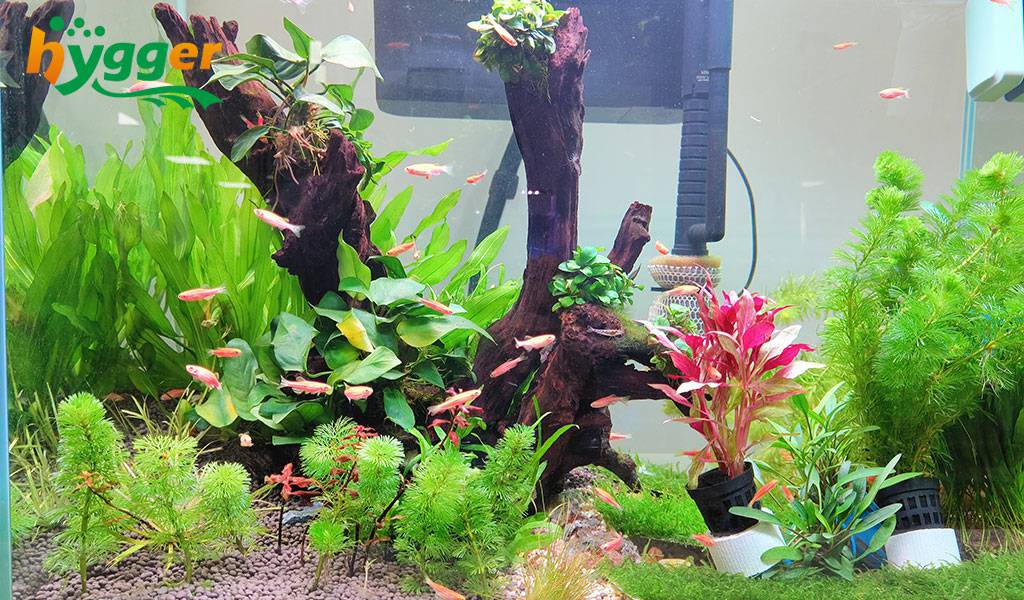
Requirements of beneficial bacteria in aquariums
Generally, you should add beneficial bacteria when:
- A new tank cycle
- Introducing new fish
- Fish being medicated
- Change the water in your fish tank
- Clean or replace filter media
Then, how to know whether your aquarium needs beneficial bacteria or not? The frequency of adding beneficial bacteria depends on the fish quantity, fish status, water conditions, and bacteria instruction in aquariums. Most aquariums require nitrobacteria to keep clean aquarium water. As for planted aquariums, they may need additional probiotics.
Take a new-built fish tank as an example, you can add beneficial bacteria twice a week. After that, you can just keep pace with the water change frequency. For instance, if you change the water once a week, then, it is feasible to add the bacteria once a week or even once every two weeks. Keep in mind – never hold too many bacteria in your tank.
The final thought
In a nutshell, beneficial bacteria provide a comfortable habitat for fish and are good for fish flouring. Generally, you should add beneficial bacteria to fish tanks when introducing new fish, medicating fish, and changing the water in the tank. Besides that, if you want to learn more about adding bacteria to aquariums, you can go to How Often to Add Bacteria to Aquariums. Finally, thanks for taking the time and we hope this article helps.

